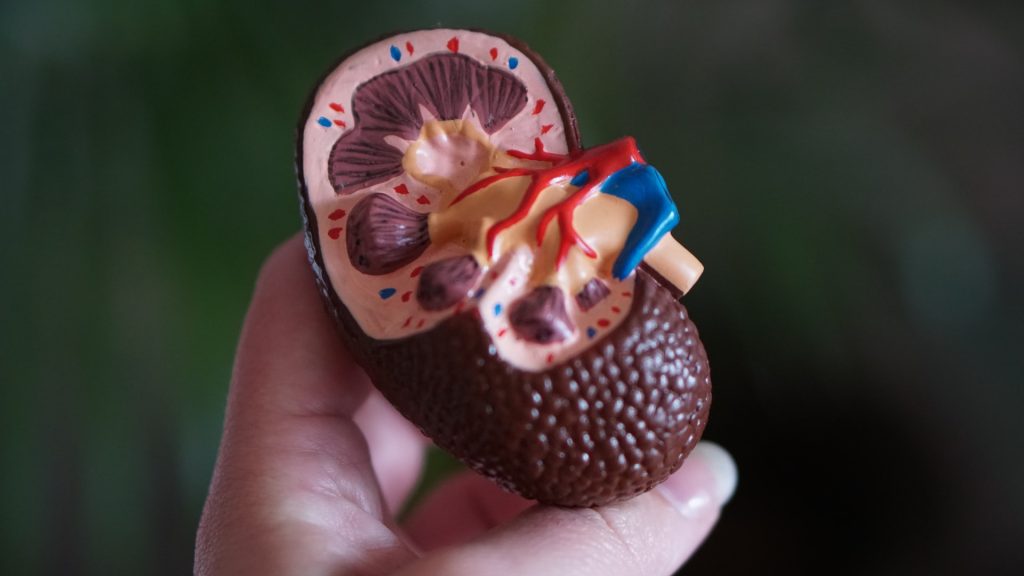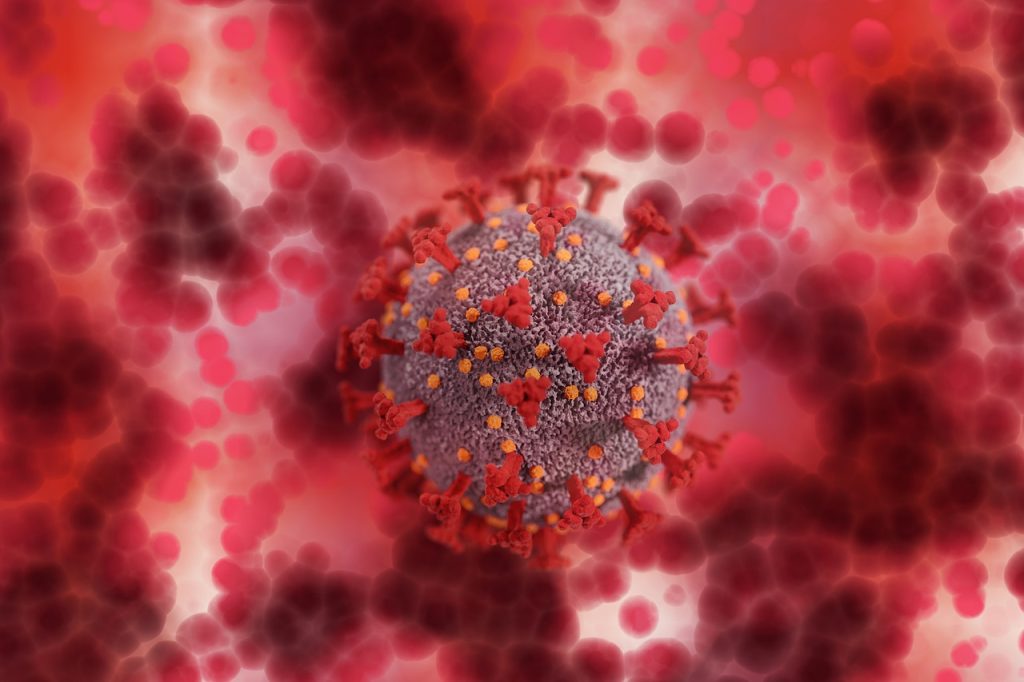In Depth: As Schools Open, will Measles Outbreaks get Worse?

By Elri Voigt
In October last year, the National Institute for Communicable Diseases (NICD) alerted the public to a measles outbreak in Limpopo. Since then, four more provinces have reported outbreaks, and the number of positive cases in the country has climbed rapidly.
Last week’s measles report from the NICD indicated that between the first week of October 2022 and mid-week in the second week of January 2023, a total of 397 cases of measles were identified across the country. Of those, 382 cases were detected in five provinces – Limpopo 145, North West 125, Mpumalanga 79, Gauteng 18, and the Free State 15. These five provinces have all met the criteria for a measles outbreak (three or more cases in a district within a month).
The remaining 15 cases are spread around KwaZulu-Natal, Northern Cape, the Eastern Cape, and the Western Cape – none of which have so far met the criteria for an outbreak.
‘Biggest outbreak in 11 years’
Dr Kerrigan McCarthy, a pathologist from the Centre for Vaccines and Immunology at the NICD, tells Spotlight that this is the biggest outbreak in 11 years, surpassing the outbreak in 2017 when around 280 cases of measles were identified.
According to the NICD report, the total number of laboratory-confirmed measles cases and the total number of samples submitted for testing has decreased for the third consecutive week. However, McCarthy cautions that this apparent decline might actually be due to a decrease in the number of specimens sent to the NICD for testing, and not to the outbreak actually slowing down.
“The fact that we have seen a decrease in the number of positive cases could be attributed to the decrease in number of specimens that have been submitted, but there is a small possibility that it could represent a turnaround in the outbreak. However, a consensus amongst us in public health is that it is the former problem,” says McCarthy.
She adds that the true extent of this outbreak – and whether new cases have really declined or not – may only become clear in the next few weeks, as schools across the country resume activities.
While it isn’t possible to predict exactly where the outbreak is going, McCarthy says at the moment it is following a similar trend to the widespread measles outbreak that occurred just over a decade ago. “In 2009 to 2011 we had an outbreak of over 22 000 measles cases… and in fact, in that outbreak, we saw a similar pattern. The outbreak was declared in late 2009 and cases started increasing into December and then when the schools closed and December holidays happened, there was a lull in cases and then when the schools returned there was a massive increase in cases,” she says.
Fears of much larger outbreaks
In a Spotlight article published in July last year, Dr Haroon Saloojee, Professor and Head of the Division of Community Paediatrics at the University of the Witwatersrand, and other experts warned that low vaccination rates may lead to measles outbreaks of the type we are now seeing. Now they are concerned that things might get worse.
Saloojee agrees that it isn’t possible to predict exactly how this outbreak will behave. “There are obviously three possible outcomes,” he says, “An increase, levelling off, or decline. My fear and expectation [are] that the outbreak will continue to expand. There are more than a million unvaccinated children under five, and possibly about 2.5 million unvaccinated under 15 years.
“We should be greatly concerned. It is highly likely that the outbreak will extend beyond the five provinces and affect all provinces in the country,” he says.
He adds that children are protected from measles through vaccination and if 95% of children are vaccinated against measles, then this herd immunity will protect the 5% who are not vaccinated. But in South Africa, measles coverage is not at 95%.
“In South Africa, at best, about 80% of children are vaccinated [against measles]. The proportion is lower in some provinces. Thus, all children, but particularly unvaccinated children, are at risk of acquiring measles,” he says. “We haven’t had a serious problem [with] measles in South Africa for at least the last 20 years. But in other low- and middle-income countries, it is still one of the five major causes of child mortality.”
Mass measles immunisation campaign needed
Saloojee tells Spotlight the only way to curtail the outbreak at this point is through a national supplementary mass measles immunisation campaign.
“There is only one option at this stage, as we are facing a crisis. A national supplementary immunisation campaign is warranted, despite its high cost and resource demands,” he says. “Such activities have already commenced in the affected provinces and will be extended to other provinces if the outbreak continues to spread. The aim of the campaign is to boost measles vaccine coverage to the 95% mark in the short term, so that herd immunity can kick in.”
How did we get here?
While such an immunisation campaign should help mitigate the current spread of measles, the question remains how a widespread outbreak could occur in the first place given South Africa’s well-established childhood immunisation programme.
“The outbreak was entirely predictable and preventable,” says Saloojee. “We have had similar outbreaks [about] every five years since 2000. Paradoxically, COVID delayed this outbreak, which should have happened in 2020 because the isolation measures protected against measles spread too.”
“However, we cannot run away from the fact that too few children receive all their routine vaccinations, and there is little being done to systematically change this such as stopping vaccine stockouts, and clinics and hospitals reducing missed opportunities to vaccinate eligible children,” he says. “If nothing is done, we can count on another outbreak in 2028.”
Countries across the world are reporting measles outbreaks, according to the CDC, which is being attributed to a disruption in services like routine immunisation because of the COVID pandemic. However, according to Saloojee, South Africa’s outbreak cannot be attributed exclusively to the pandemic disrupting services, instead, it is also due to years of suboptimal measles vaccine coverage.
Spotlight previously reported in-depth on results from the 2019 Expanded Programme on Immunisation (EPI) National Coverage survey, which showed that only around 77% (76.8%) of the children surveyed had received all fourteen age-appropriate vaccines from birth to 18 months. This includes the two doses of the measles vaccine.
Dr Lesley Bamford, a child health specialist in youth and school health at the National Department of Health, provided Spotlight with a table showing measles vaccination coverage per province between 2017 and 2022.
 Note that the data only includes vaccinations provided in the public sector, whilst the denominator includes all children in South Africa. Graph courtesy of Dr Lesley Bamford, National Department of Health
Note that the data only includes vaccinations provided in the public sector, whilst the denominator includes all children in South Africa. Graph courtesy of Dr Lesley Bamford, National Department of Health
According to the figures provided by Bamford, national coverage for the first dose of the measles vaccine has improved from 80% in 2017-2018 to 88% in 2021-2022. However, coverage for the second measles dose remained stuck in a narrow band from 77% to 80%, until 2021-2022, when it improved to 84% – still well below the 95% coverage required for herd immunity.
Expanded vaccination campaign
The NICD report shows the highest number of measles cases so far have been in the five to nine-year age group, which represents 40% of cases. 29% of cases were in the one to four age group and 17% in the 10 to 14-year age group. The remaining cases occurred in children younger than one year and those aged 15 and older.
According to McCarthy, based on the distribution of cases in these age groups, the NICD recommended to the National Department of Health that it extend its planned mass measles vaccination campaign to include children between six months and 15 years of age – which the Department has agreed to do.
Bamford tells Spotlight that a mass measles immunisation campaign had already been planned across all provinces for February 2023. But for the five provinces experiencing outbreaks, the timeline has since moved up. The four remaining provinces will still start their campaigns in February as planned.
“The target age group for that campaign has been extended. So, the initial plan was targeting children under 5 years of age and now in most provinces, it has been extended to include all children six months to 15 years of age,” she says.
Spokesperson for the National Department of Health, Foster Mohale confirms that all children between the ages of six months and 15 years, regardless of documentation, are eligible to receive their measles vaccination in the catch-up drive. “Most provinces have been vaccinating all children between 6 months and 15 years, with [or] without documents because diseases have no discrimination. So, we haven’t received any concern or report about non-vaccination of children without documentation,” he says.
Bamford adds that a measles incident management team has been established by the National Department of Health, which meets with the NICD and the provinces on a weekly basis.
She says Limpopo started its campaign in November, Mpumalanga and North West started in December, and Gauteng and the Free State started in January. The campaigns have so far been conducted mainly at primary healthcare clinics and outreach to ECD centres but now that the school year has resumed, children will also be vaccinated at schools.
Because the provinces all started at different times, there is no specific timeline for the vaccination campaign to be completed, according to Bamford, but the expectation from the National Department is that all provinces will wrap up their campaigns by mid-February when the HPV vaccination campaign kicks off.
“We know that measles coverage is suboptimal, and that is why we were planning to run a campaign, but of course, that is the single biggest reason why we are now experiencing these outbreaks,” she says. “The only way really to stop measles outbreaks is to improve immunisation coverage.”
Republished from Spotlight under a Creative Commons 4.0 Licence.
Source: Spotlight










